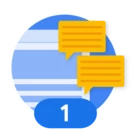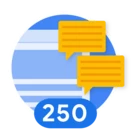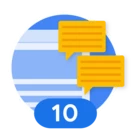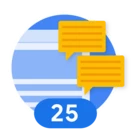Hi everyone,
I'm reaching out to the community to learn more about Google Chronicle SIEM and its unique features compared to other SIEM tools.
I'm familiar with some of Chronicle's strengths, such as Natural Language Query (NLQ) for searching logs and Alert Graph for visualizing incident context. However, I'm interested in getting a broader perspective from the community.
Are there any other features specific to Chronicle that you find particularly valuable? Perhaps functionalities that other SIEMs lack?
I'm also curious to hear about any real-world experiences using Chronicle's unique features. How have they impacted your security operations and threat hunting capabilities?
Thanks in advance for sharing your insights!
Best regards,
Surya Teja.







